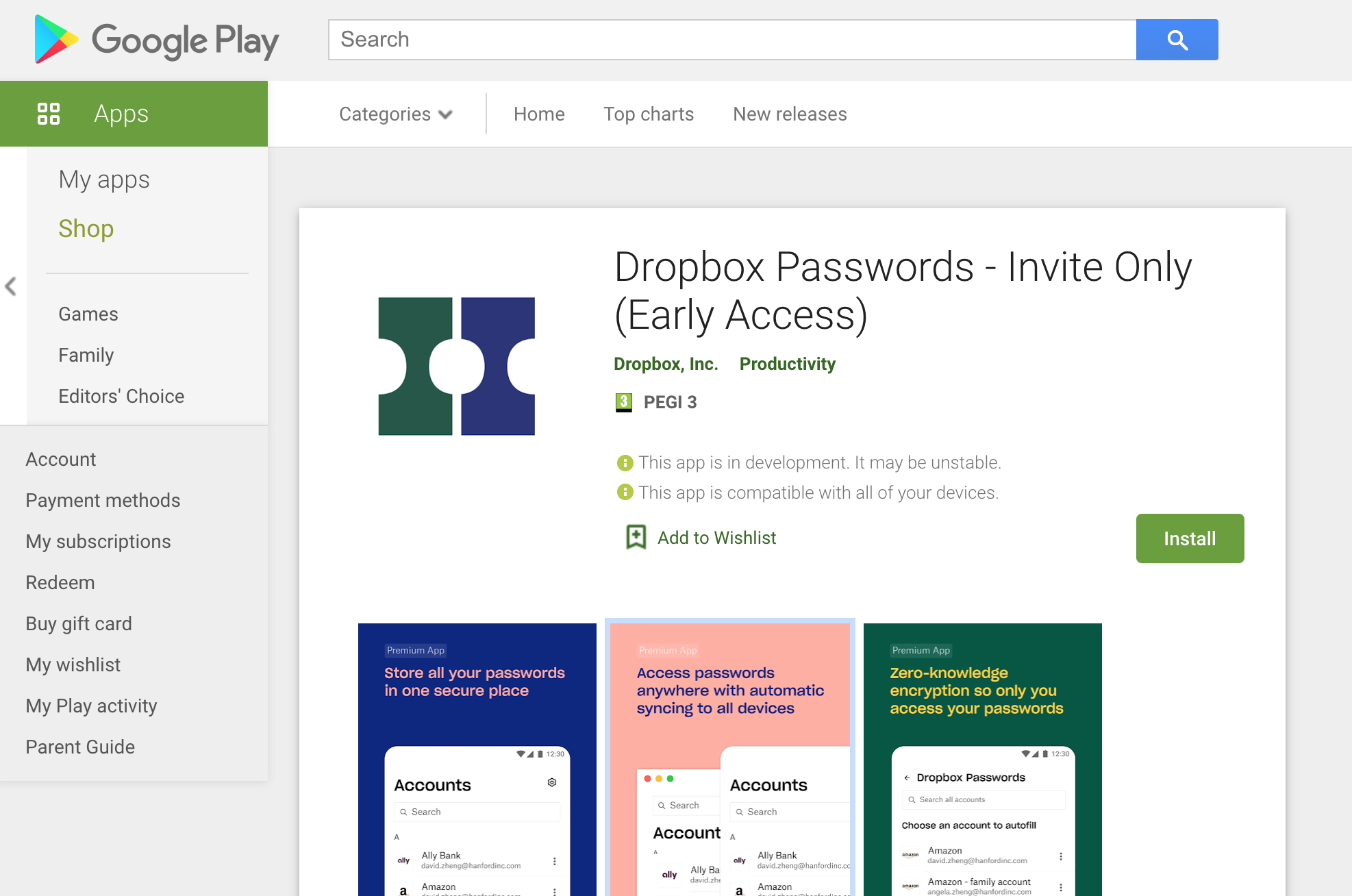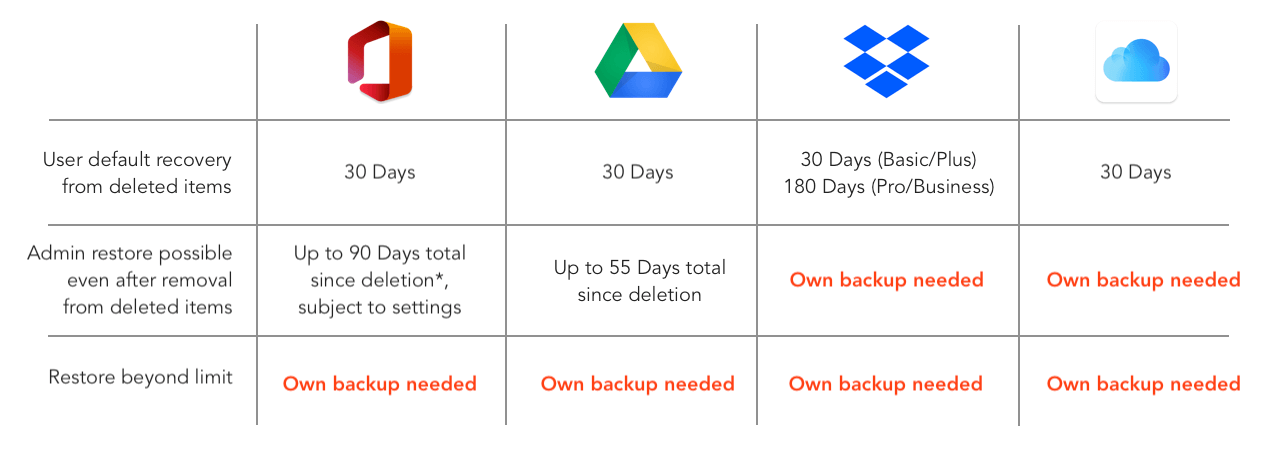Cloud storage giant Dropbox is beta-testing a new password manager app – ‘Dropbox Passwords’ – by invitation only.
Password managers allow the user to generate and store encrypted, complex passwords for many user accounts inside a single piece of locked software and autofill them into websites and applications – making it easier to use diverse, complex passwords across all of your IT.
Password managers are measure increasingly recommended by respected cybersecurity authorities – including the UK National Cyber Security Centre. Options like 1Password, Lastpass and others are already well established, although Dropbox is likely to have significant reach to business customers considering using a password manager for the first time.
Unlike bigger rivals such as Microsoft’s Office 365 and Google’s G-suite, Dropbox do not offer workplace document editing apps – leading the company to explore new avenues for branching out beyond file-sharing and cloud-storage.
These plans have included Dropbox Paper (a collaboration and project management tool), integrations to other growing challenger-platforms such as Slack and Zoom, and now password management.
The rise of password managers have prompted some to speculate that the age of passwords (or at least – memorised key-string passwords) may be over – either replaced by biometrics or generated, encrypted, held and recalled by software.
Principally a cloud-storage company that helped establish file-sharing in the minds of those who had never used it before, only time will tell if Dropbox can establish a broader brand for securing a cloud-first IT business world.
Dropbox Passwords can be found by invitation only here: https://play.google.com/store/apps/details?id=com.dropbox.passwords_android
For cloud-software and cybersecurity expertise, please contact Lineal today.


